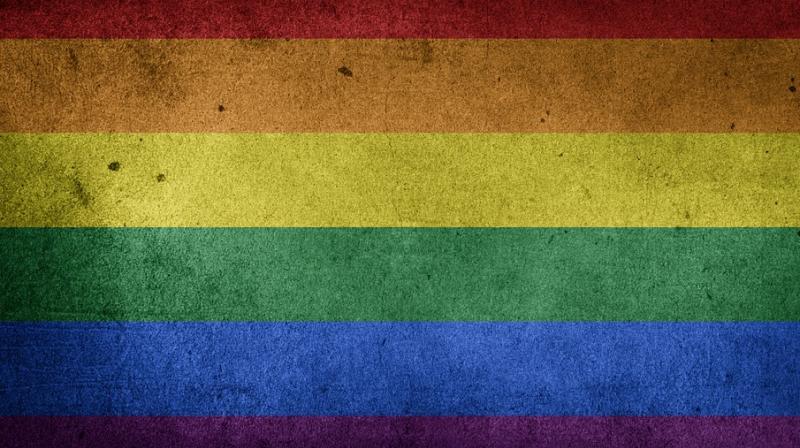LGBQ teens more likely to use illegal street drugs

Lesbian, gay, bisexual or questioning teens are at least twice as likely as their heterosexual peers to use illegal drugs like cocaine, ecstasy, heroin and methamphetamines, a US study suggests.
Previous research suggests that stressors related to being closeted or coming out and being rejected by family or friends could contribute to an increased risk of substance use among sexual minority teens, senior study author John Ayers of San Diego State University in California told Reuters Health.
For the new study, researchers looked at data from roughly 14,703 high school students who had been surveyed about their lifetime and prior-month use of 15 different substances, including illegal drugs as well as tobacco, alcohol and prescription drugs that weren’t given to them by a physician.
Overall, LGBQ teens were 12 per cent more likely than other teens to report any substance use in their lifetimes and 27 per cent more likely to report substance use in the previous month, the study found.
LGBQ youth were more than three times more likely to try heroin or methamphetamines at least once, and more than twice as likely to try ecstasy or cocaine, the study also found.
Stressors faced by LGBQ teens, such as stigma and isolation, “may make drugs foolishly appear attractive as a coping mechanism,” Ayers said by email.
“Even experimentation with these harder drugs can derail a teen’s future,” he said.
The vast majority of teens didn’t use illegal drugs, regardless of sexual orientation, researchers report in the American Journal of Public Health.
For example, 6.6 per cent of LBGQ teens had used heroin in their lifetimes, compared with 1.3 per cent of heterosexual youth. And, 8.6 per cent of LGBQ adolescents had used methamphetamines compared with 2.1 per cent of other teens.
Marijuana was more common, used at some point by half of LGBQ youth and almost 38 per cent of other teens.
Teen drinking and smoking were even more common. Almost 72 per cent of LGBQ teens had tried alcohol in their lifetimes, as had 63 per cent of heterosexual youth. With cigarettes, 47 per cent of LGBQ youth said they had smoked at least once, as did 31 per cent of heterosexual teens.
Just over 11 per cent of adolescents in the study identified as a sexual minority: 2 per cent were lesbian or gay, 6 per cent were bisexual, and 3.2 per cent were questioning their identities.
The study wasn’t a controlled experiment designed to prove whether or sexual orientation might directly influence substance use or impact how much teens smoked, drank or did drugs.
Smaller studies, however, have suggested that sexual minority youth are at greater risk for alcohol and other drug use, “and this large national study strengthens this understanding,” said Kimberly O’Brien, a researcher at Boston Children’s Hospital and Education Development Center and a psychiatry instructor at Harvard Medical School.
“The fact that the proportion of youth who identify as LGBQ is increasing (makes) it even more important for families and professionals to pay attention to this relationship because of the increasing numbers of youth affected,” O’Brien, who wasn’t involved in the study, said.
Parents can call the national Substance Abuse and Mental Health Services Administration’s hotline at 1-800-662-HELP to receive treatment referral from qualified experts.

